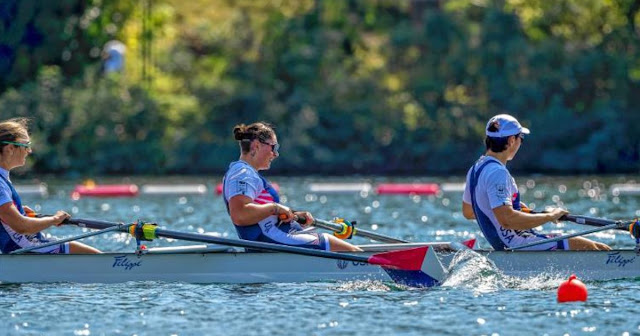The Role of Wearables and Data in Modern Rowing Training with Peter A. Derow

How Technology Is Helping Rowers Train Smarter and Perform Better with Peter A. Derow In rowing , progress has always come from precision, perfecting technique, refining power and building endurance stroke by stroke. Now, technology is accelerating that progress. With the rise of wearable devices, fitness trackers and AI-powered data tools, athletes and coaches can access deeper insights than ever before. Peter A. Derow highlights that today’s rowers aren’t simply training harder. They are training smarter, using data to gain a competitive edge and reduce preventable mistakes. Wearables on the Water From heart rate monitors to GPS trackers, wearable devices are now common in boathouses around the world. These tools allow rowers to collect real-time data during training sessions, measuring everything from stroke rate and split times to exertion levels, recovery metrics and even hydration levels in advanced models. Rowers can see how their bodies respond to ...





